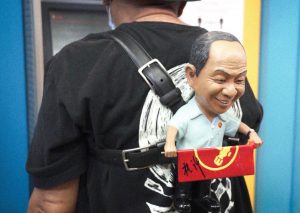But what were these trends? Through the lens of movie posters—a Hollywood poster and a local movie poster from each decade—we glimpse how Hollywood has influenced Singapore’s movie industry, and how Singapore’s movies, in turn, have inspired Hollywood’s auteurs.
(For those surprised at the latter statement, here is some context: from the 1930s to the 1970s, Singapore boasted a thriving and multilingual film industry that had frequent collaborations with overseas partners. For instance, Leila Majnun, a 1933 Malay movie, was backed by a Chinese business partner, filmed by an Indian director, featured local actors from a Malay opera, and was a smash hit at the box office.)
*Important caveat: as with any list, there will be iconic posters that have to be omitted because of space constraints; I am also neither an art historian nor a film studies major, just someone who likes looking at colourful things and watching Tarantino films.
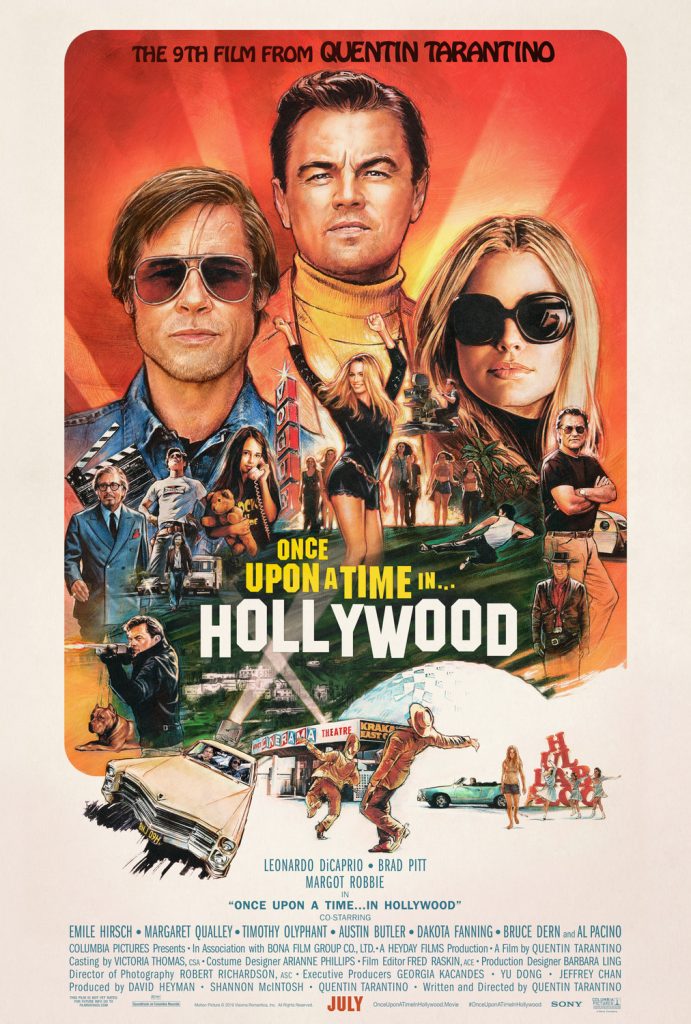
The movie posters of the 1960s largely featured hand-drawn illustrations for the simple reason that photographic technology was still developing.
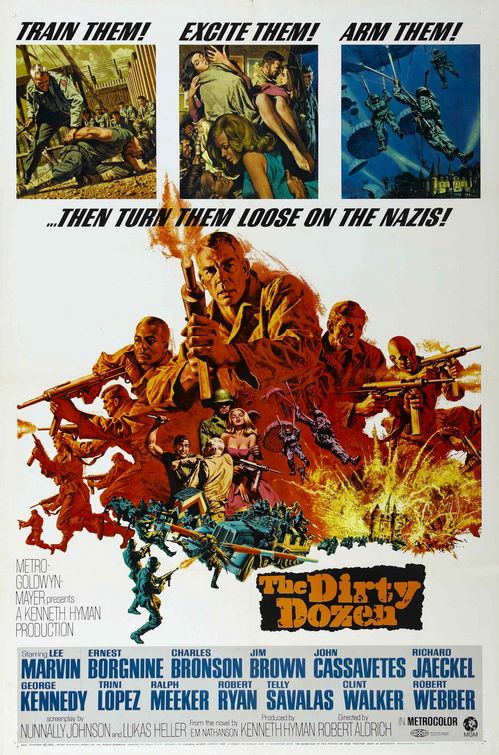
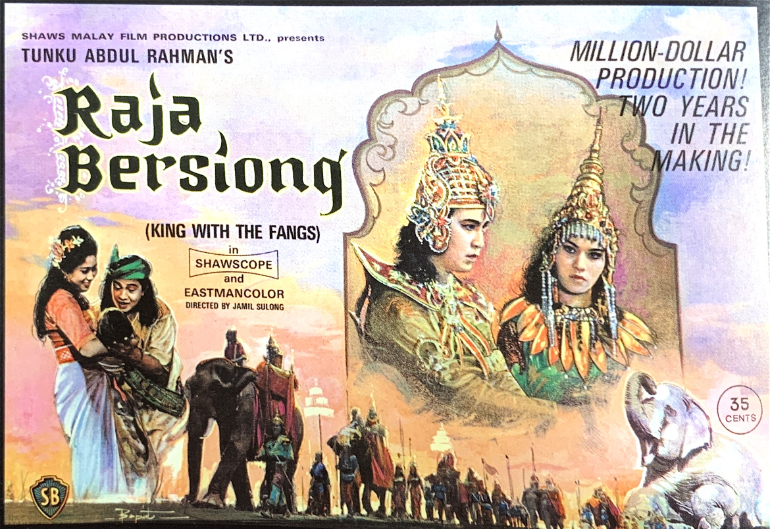
The 60s was a trying period for Singapore’s movie industry because of television’s emergence, rising film production costs, P. Ramlee’s departure to Malaysia in 1964, and so on. As a sort of last-ditch gasp for air, movie studios looked to Hollywood for inspiration.
What they saw were epic action films, so epic action films were produced. 1967’s Raja Bersiong (King with the Fangs) was Malay Film Production’s swan song, and they were determined to go out with a bang—it was even written by Malaysia’s first prime minister himself.
As the gorgeously illustrated poster indicates, it was a million-dollar production! that was two years in the making! and featured a blood-thirsty king and his army of elephants out on a rampage.
Like that of The Dirty Dozen, the poster of Raja Bersiong hid bloodshed under paint, making violence almost beautiful.
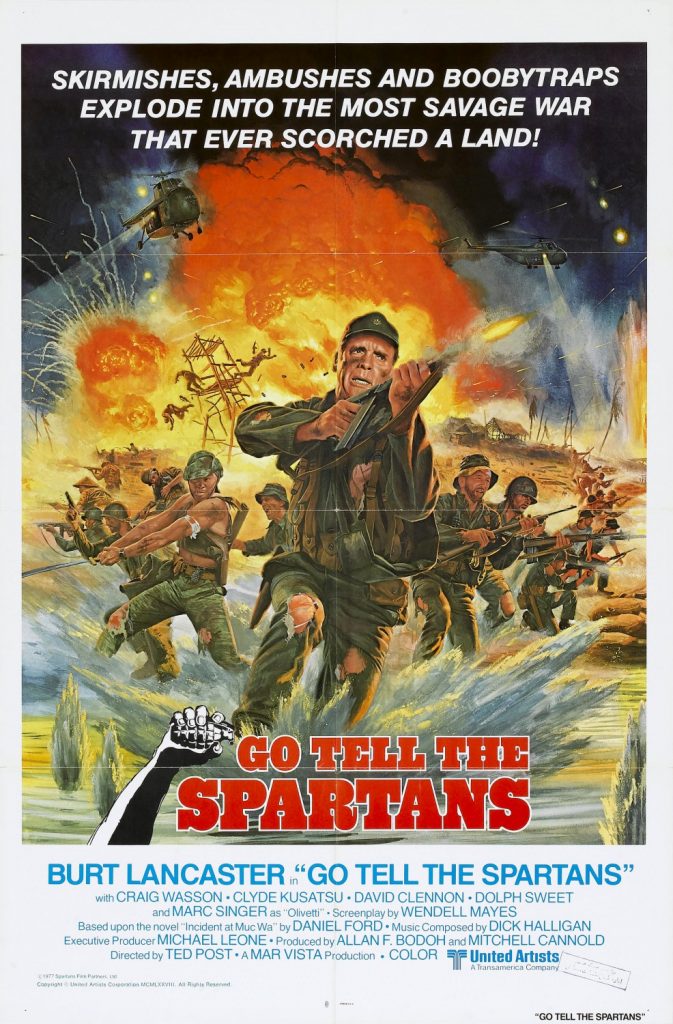

Through the 70s, the Singapore movie industry, and the posters it produced, started to take a more Western, Hollywood slant, shedding the traditional Malay sensibilities that once permeated its reels.
Most popular of Singapore’s output then was 1978’s They Call Her Cleopatra Wong. Its poster tells you everything you need to know about the film: unabashed, self-aware campiness wrapped in a bubble-gum aesthetic that mixes girl power with sex appeal.
With its brazen and striking aesthetics, Cleopatra Wong proved to have an enduring influence across Hollywood—Quentin Tarantino cited “Cleopatra Wong [as] a gigantic inspiration” for his own Kill Bill.
In the 1980s, because of unfavourable business conditions, Shaw Brothers decided to shut its movie studio, Malay Film Productions, in 1967, and Cathay Organisation, Cathay-Keris in 1972. Thus began a period of almost 15 years when there were no films produced in Singapore.
Nothing to see here, move along kids.
Posters of Hollywood blockbusters in the 90s were largely dominated by a boring trend of bad Photoshop with Leading Men Staring Longingly Into The Distance Because They’re Hungry And Waiting For Lunch But It’s Only 11 AM.
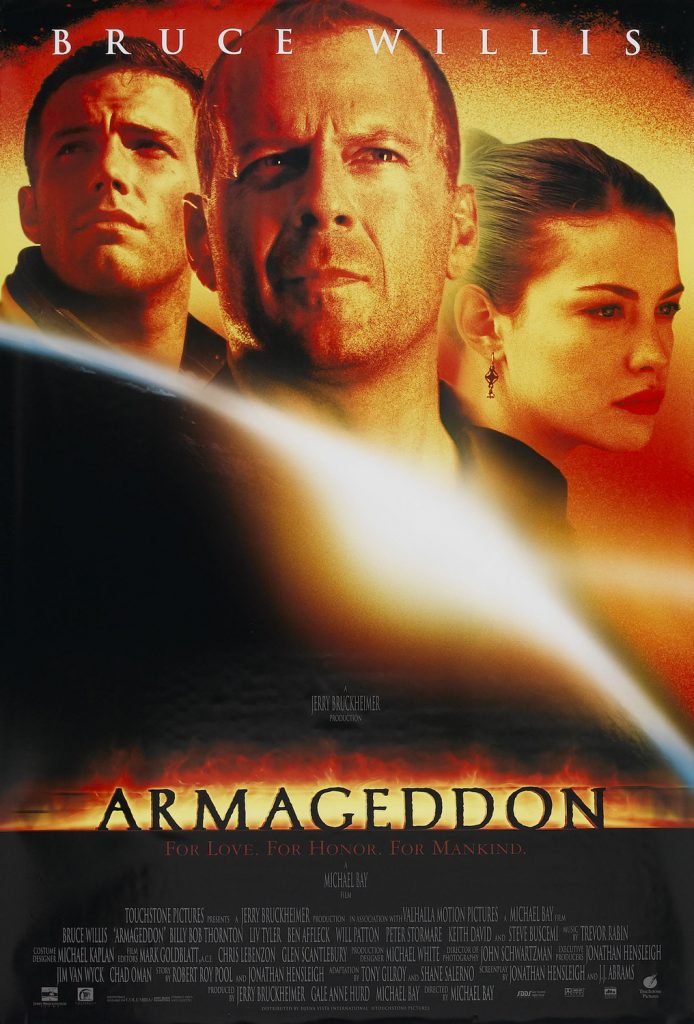

This is when Singapore’s film industry diverges from Hollywood’s. After a long 15-year hibernation, it was awakened in 1991 by Medium Rare, a film based on the gory story of Adrian Lim.
But it took Eric Khoo’s Mee Pok Man to really revive the industry in 1995. Reflecting the movie’s independent film-festival kind of timbre (and, realistically, lack of budget), its poster is stripped down, composed merely of stills taken from the movie, and peppered with text that look like they were made from Microsoft Word’s WordArt.
But don’t judge a movie by its poster—this is one case in which the poster under-promised. Mee Pok Man was a critical darling, internationally and locally, and received awards from numerous film festivals worldwide.
2000s
Visual experimentation finally arrived when we leapt into the new millennium.
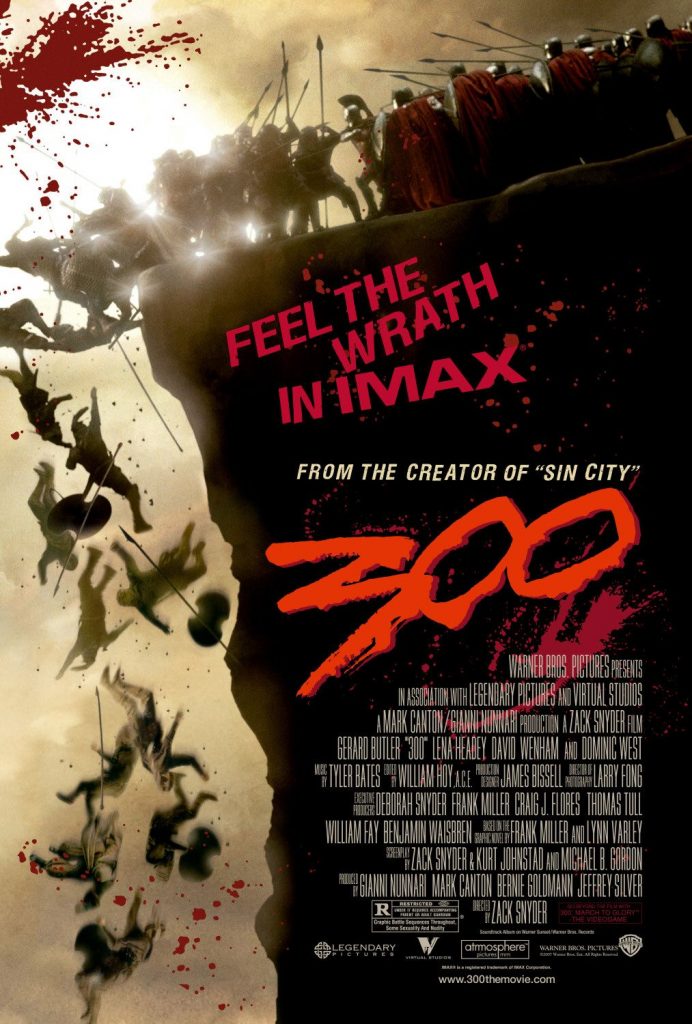
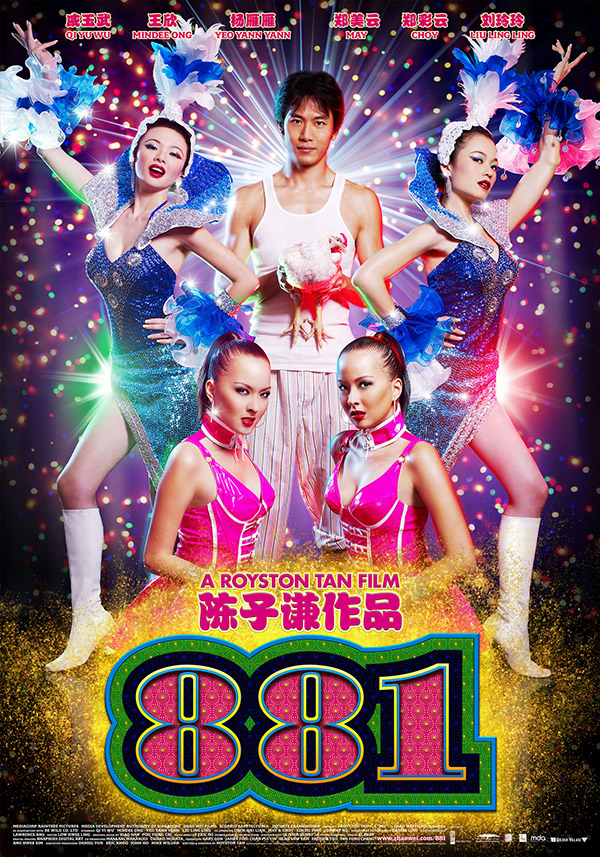
Singapore, having found its footing again, began to experiment tentatively with blockbuster movies after a decade of arthouse flicks. One glance at 881’s poster and you’d know that it’s a big-budget production aimed at entertaining the masses. Just look at all the glitter.
Compared to Hollywood’s move to more experimental and artistic films, this return to blockbuster crowd-pleasers might seem regressive. But in 2007, 881 demonstrated, triumphantly, that mainstream films can survive alongside indie gems like Be With Me and 4:30 that came out in the same decade.
2019
Time is a flat circle. In the raspy voice of Tame Impala, it feels like we only go backwards, darlin’. As the twenty-tens draw to a close, we seem to have propelled ourselves squarely back to 1960s Hollywood, not merely in terms of style but also content.

If you’re a fan of Hollywood, or just of movies in general, you’d be foolish to miss it: Hollywood is a love letter addressed to you. And in typical Tarantino style, it’s a love letter written in blood—the best kind there is.

Sources:
Latent Images: Film in Singapore – Jan Uhde and Yvonne Ng Uhde
Singapore Cinema – Raphaël Millet
The film opens on 15 August 2019.
Tell us what your favourite movie poster is at community@ricemedia.co




